detail profile ermanno roveri
Peran Yang Di Mainkan Ermanno Roveri
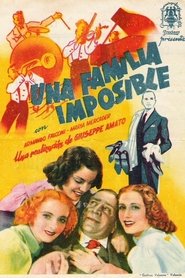 A wealthy young woman falls in...
A wealthy young woman falls in...Una famiglia impossibile 1940
A wealthy young woman falls in love with a radio singer without ever having seen him. She forces her strange family (forgetful father, mother with ideas of grandeur, three sisters with a passion for singing and another who takes care of abandoned children) to go to the EIAR headquarters to be able to meet him.
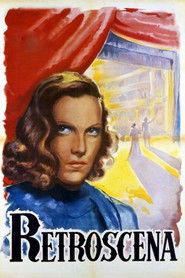 Called to perform at the Scala...
Called to perform at the Scala...Retroscena 1939
Called to perform at the Scala, a young baritone begins a transatlantic romance with a famous pianist. The singer, having been skewered by a critic after his last performance in Milan, attempts to find a way to win over the audience and the critics, while wooing his love interest.
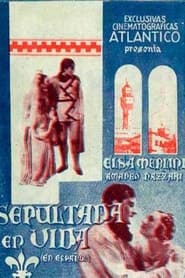 Ginevra degli Almieris family has arranged...
Ginevra degli Almieris family has arranged...Ginevra degli Almieri 1935
Ginevra degli Almieri's family has arranged a marriage of interest but the young Ginevra strenuously refuses until she falls into catalepsy and is buried alive. Once she wakes up she goes home but her family believes they are dealing with a ghost and they try to chase her away. She will only be welcomed by the penniless young painter who has always been in love with her.
 In 1921 Titanus released a threepart serial...
In 1921 Titanus released a threepart serial...Nobody's Children 1921
In 1921, Titanus released a three-part serial based on a popular Italian novel from the turn of the 20th century: Nobody’s Children by Ruggero Rindi. The tale of lovers thwarted by class differences, of illegitimate children and parental recognition denied was a major success for producer Gustavo Lombardo and leading lady Leda Gys.
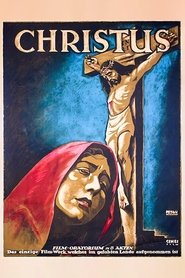 Antamoros CHRISTUS epic in scale and...
Antamoros CHRISTUS epic in scale and...Christus 1916
Antamoro's CHRISTUS, epic in scale and ambition, and featuring decidedly otherworldly special effects, was released in 1916. Telling the story of the Life of Christ, the film is divided into three segments-- three Mysteries. The first of these includes the Birth of Jesus, the arrival of the Magi, Herod and the slaughter of the innocents, the flight into Egypt. The second Mystery features the expulsion of the merchants from the Temple, Mary Magdalene's conversion and Christ's entry into Jerusalem. The third Mystery is itself divided into three separate parts, which are The Passion, The Death and The Resurrection.


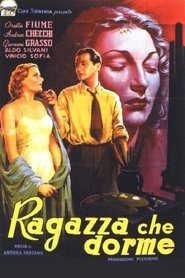 Venice Film Festival 1941
Venice Film Festival 1941
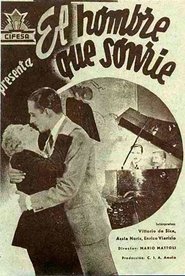


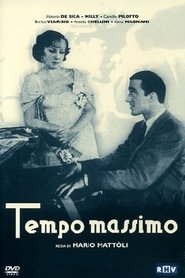 A meek professor is swept over...
A meek professor is swept over...
 During hard times a vivacious girl...
During hard times a vivacious girl...